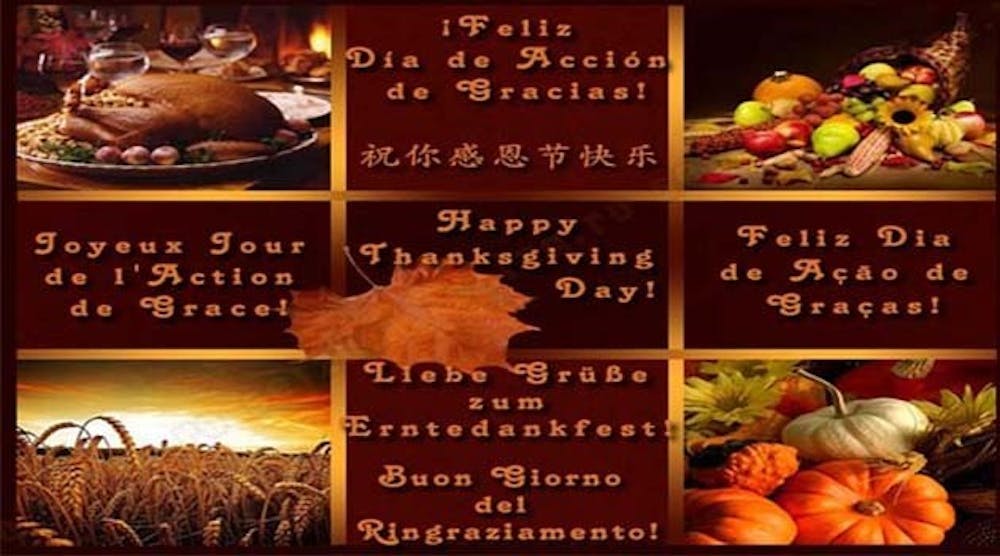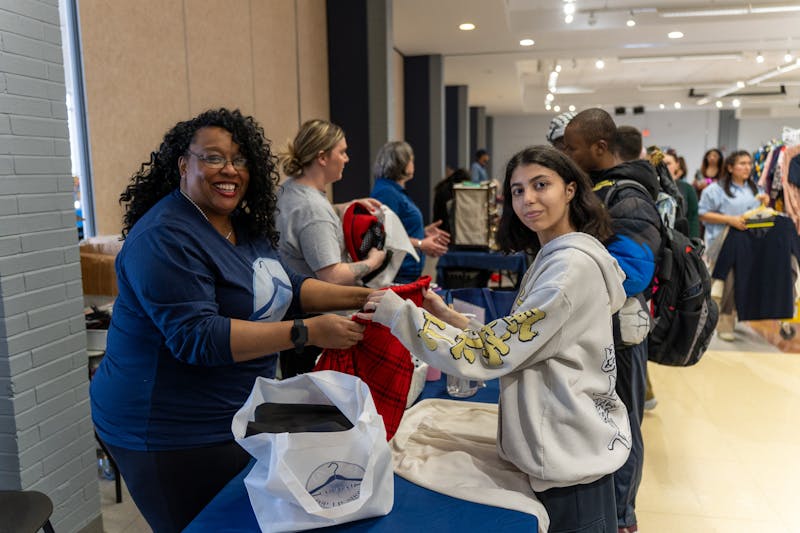Image from: www.seiza.ro
Leaves are falling off the trees by the handful, fireplaces are being dusted off and turned on, and fall scented candles are being lit. All this can only mean one thing: Thanksgiving is almost upon America. Which brings up the question: how is Thanksgiving celebrated around the world? It is a common misconception that Thanksgiving is only an American holiday. Alexis Knaught, freshman criminal justice major, never thought of Thanksgiving as being a universal holiday. “I always just focus on what what my family does, which considering the whole point of the holiday, is hypocrytical of me,” Knaught commented. All around the world, thanks is given, and not always in the autumn months. From continent to continent, Thanksgiving has several aliases, but the concept is still there: a time dedicated to display appreciation.
Revise the name from Thanksgiving to Mid-Autumn Festival and exchange the turkey for moon cakes, and China is giving its own thanks. Every year, China celebrates what is also known as the Moon Festival—the moon is at its brightest and roundest at this time—in the middle to the autumn season. The festival was established when the Chinese realized the effect the moon had on changing seasons and agriculture production. It is becoming more common for the celebration to take place outdoors, as it is befitting to honor the moon while celebrating under. The festival entails family and friends gathering in someone’s home and offering moon cakes—small, round pastries similar to pot pies—to one another, symbolizing their wish for their lives to be long and filled with happiness. Heather Jones, sophomore special education major, recently experienced the receiving of a moon cake, “When the festival was going on this year, my friend came back from her family’s celebration and gave me a moon cake. My first reaction was ‘Yes, free food!’ until she explained the meaning behind it to me, and I really appreciated the sentiment.”
While Korea celebrates Thanksgiving under the alias Chuseok; there are more similarities between the two holidays than differences. As an aspect of Thanksgiving, Chuseok serves as a means for individuals to show their appreciation, specifically to their ancestors, spanning over three days to recieve a successful harvest season. Much like the American way of feasting, Chuseok offers friends and family to come together to join in on a spectacular feast. One of the traditions of the Korean Thanksgiving is paying a visit to the gravesites of ancestors and clearing away any weeds present. The next activity on the list is ssireum, a Korean form of wrestling. The individual left standing after several rounds will have bragging rights as the strongest man in the village and a choice of bringing home either rice, cotton, or a calf. In celebration of Chuseok, Koreans participate in ganggangsullae, a Korean circle dance under the full moon on the night of the holiday.
In America, each family has their own traditions pertaining to the celebration of holidays, and the same goes for British families. The British form of Thanksgiving is the Harvest Festival. As there is no set date for this holiday, it generally takes place in September, when the crops are being harvested. A primary aspect of the festival is the donning of churches and homes with flowers, fruits, and vegetables. It is believed that if an individual brings a plough to religious sanctum and has a blessing placed on it, the next year will be bountiful. For Thanksgiving celebrated in the United States, there are common sightings of cornon the dinner table, whereas in Britain, the last sheaf of corn is more precious. For the reaping of the final sheafs of corn, a Harvest Shout takes place, where the reapers shout in joyance as the bundles are harvested. Following this harvest, those who believe a corn spirit took up residence in the wheat create Corn Dollies from the final harvest, which are placed on top of the haul of corn. Zach Young, sophomore biology major, has first hand experience of the Harvest Festival as is from British background, “…my grandmother actually makes [Corn] Dollies, and when I was younger, they used to creep me out before she explained the significance behind them.”
Circumferencing the earth, countries have their own traditions similar to the American Thanksgiving: to give thanks. While sitting around the table, watering at the mouth waiting patiently for the turkey to be carved, sit back a moment and think. What is the true meaning of Thanksgiving? Why are there countless friends and family together on this one particular day? To get in the spirit of the holiday, read the following poem, and happy turkey day!
Roses are red, violets are blue.
The parade is on, and Thanksgiving has just begun.
Do not be an eating beast, during this endless feast.
Today is not the day to be rude, it is the day to show gratitude.






